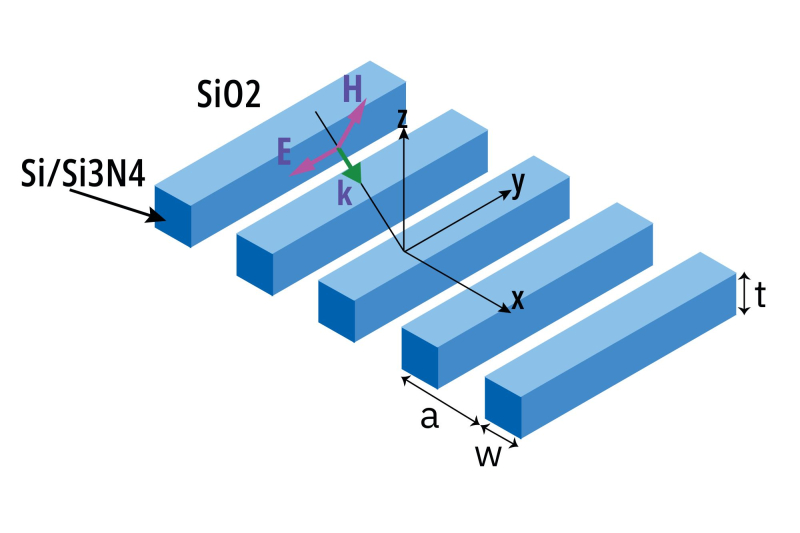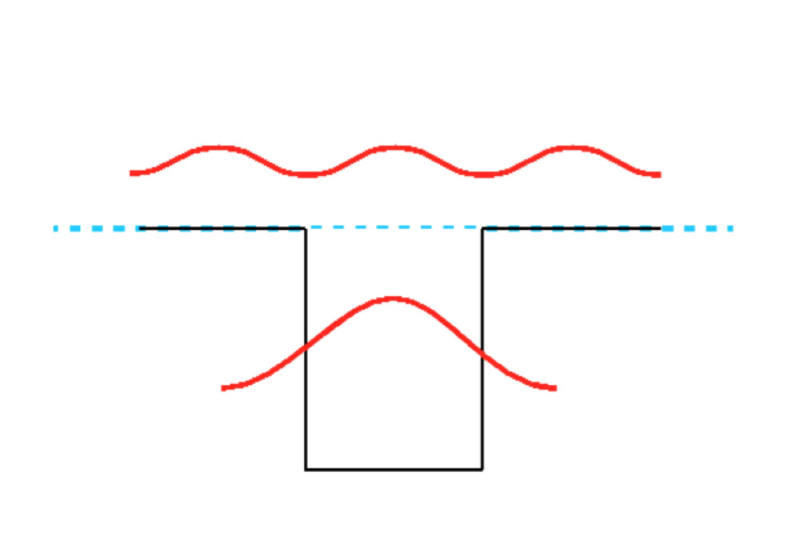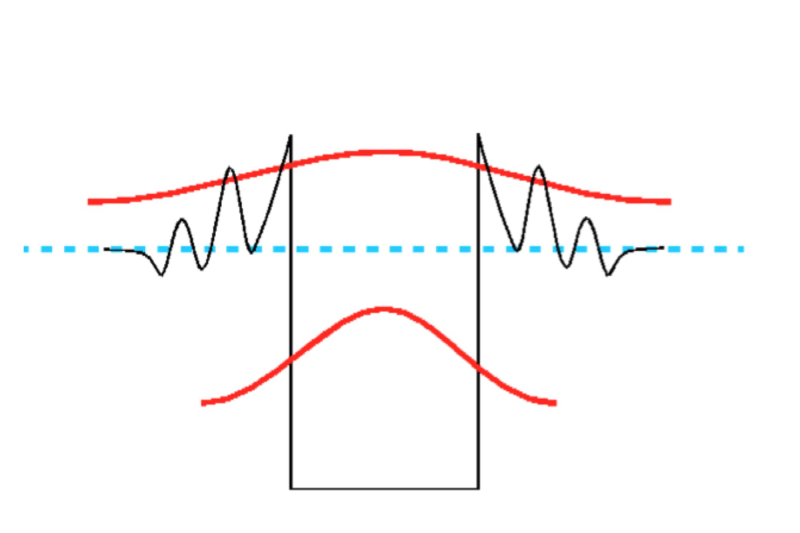ITMO University is home to top-tier BICs specialists whose work ranks in the top 1% of the most referenced articles in physics. To learn more about BICs and what makes them so appealing to scientists, ITMO.NEWS reached out to Zarina Kondratenko, one of the authors of this prominent study.
Bound states in the continuum (BICs)
Scientists define a bound state as “locked” or localized energy in a resonator. It is observed in optics, quantum mechanics, acoustics, and other fields of physics. In acoustics, for instance, a resonator might be an organ pipe or a guitar body – in short, any hollow body that reproduces and amplifies sounds of a specific height.
A continuum, on the other hand, is a collection of states (waves) that can move freely within a resonator. This begs the question: how could these definitions possibly be combined into one? And how can something free be locked?
One exception to this are BICs. They represent a special type of resonator state with an infinite Q factor, which allows energy to remain inside the system without leaking away.
Discovery
In 1929, physicists John von Neumann and Eugene Wigner solved the equation of an unconventional quantum well – sinus-shaped instead of the usual constant – thus offering a new solution: bound states in the continuum.
A quantum well is a sort of trap for quantum particles (such as electrons) that have insufficient energy to escape the well. An analog of a quantum well in optics is a fiber-optic internet cable or a glowing fiber-optic lamp.

A fiber-optic lamp. Credit: photogenica.ru
The discovery did not have much effect at the time, and their work was ranked as a mathematical problem that had nothing to do with genuine physical objects. Attempts to build a physical system for BICs took place in the 1970s, but they did not proceed to trials.
The first BICs in optics were presented in 2011 by scientists from the Friedrich Schiller University Jena (Germany) and the Israel Institute of Technology. Since then, BICs have been actively studied in optics.
Even later, in 2022, researchers from ITMO successfully disproved a theorem that claimed that there were no non-radiating states in compact acoustic resonators. Although the theorem stated that oscillations in open resonance systems must fade out by radiating energy into the surrounding medium, the physicists were able to calculate the shapes of acoustic resonators to which this theorem would not apply. In the discovered systems, the oscillation energy is not emitted, but rather remains inside.
How BICs work
Today, BICs can be obtained using resonators of particular geometric shapes, including metasurfaces. The most common is a diffraction grating, which is an optical surface consisting of many splits (gaps/protrusions).

A diffraction grating. Illustrations provided by the researchers
BICs are rather sensitive to changes in the parameters of the metasurface, be it the period and thickness of the structure or the shape of the metaatom, which allows researchers to adjust the characteristics of BICs, such as the resonance wavelength.
The fine-tuning also means that, through fiber-optic communications, researchers can transmit light at varied wavelengths: short wavelengths (1,310 nm and 1,550 nm) are used for data transmission, while long wavelengths (1,490 nm and 1,625 nm) – for telecommunications.
Also, all materials absorb electromagnetic energy. This depends on the wavelength and the value can be negligibly small, including zero. If the goal is to completely eliminate it, BICs can be tuned to a certain wavelength.
Prospects
BICs are one of the most promising tools when it comes to controlling light and improving its interaction with matter. Because of their high Q factor, BICs may boost the intensity of incoming radiation by millions of times.
These properties can be used to develop not only next-gen optical communications, but also compact optical devices for optical integrated circuits, such as ultrasensitive biological and chemical sensors, highly-efficient nanolasers, and optical integrated chips for optical computers.

Credit: photogenica.ru
BICs studies at ITMO
The researchers at ITMO’s Faculty of Physics are pursuing new photon structures for BICs, which can potentially lower the technological requirements for the production of optical devices and create new avenues for resonance systems in the future.
The physicists are also studying how BICs are affected by structure disorder, the size of metastructure, and other flaws that occur during the manufacturing process. The creation of stable miniature BICs-enabled photon structures will pave the way for more compact planar sensors, low-threshold lasers, and nonlinear optical components.
Additionally, the researchers at ITMO are currently working on new devices using their BICs knowledge. For instance, a team of researchers from ITMO’s Faculty of Physics, the Non-Linear Physics Centre of the Australian National University, and Korea University have developed an ultra-efficient compact nanolaser based on a photonic crystal waveguide, which uses BICs to generate radiation.







